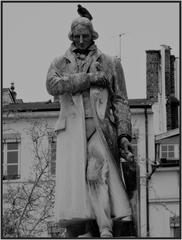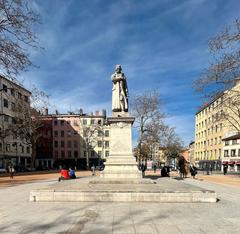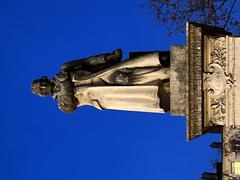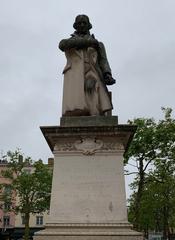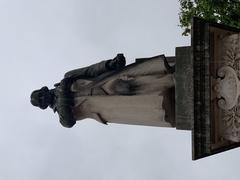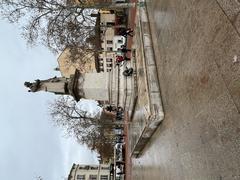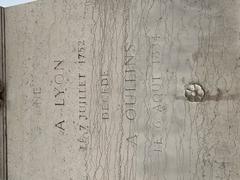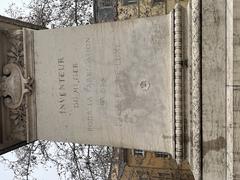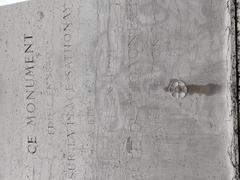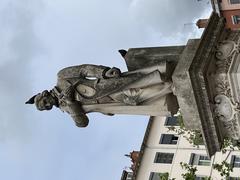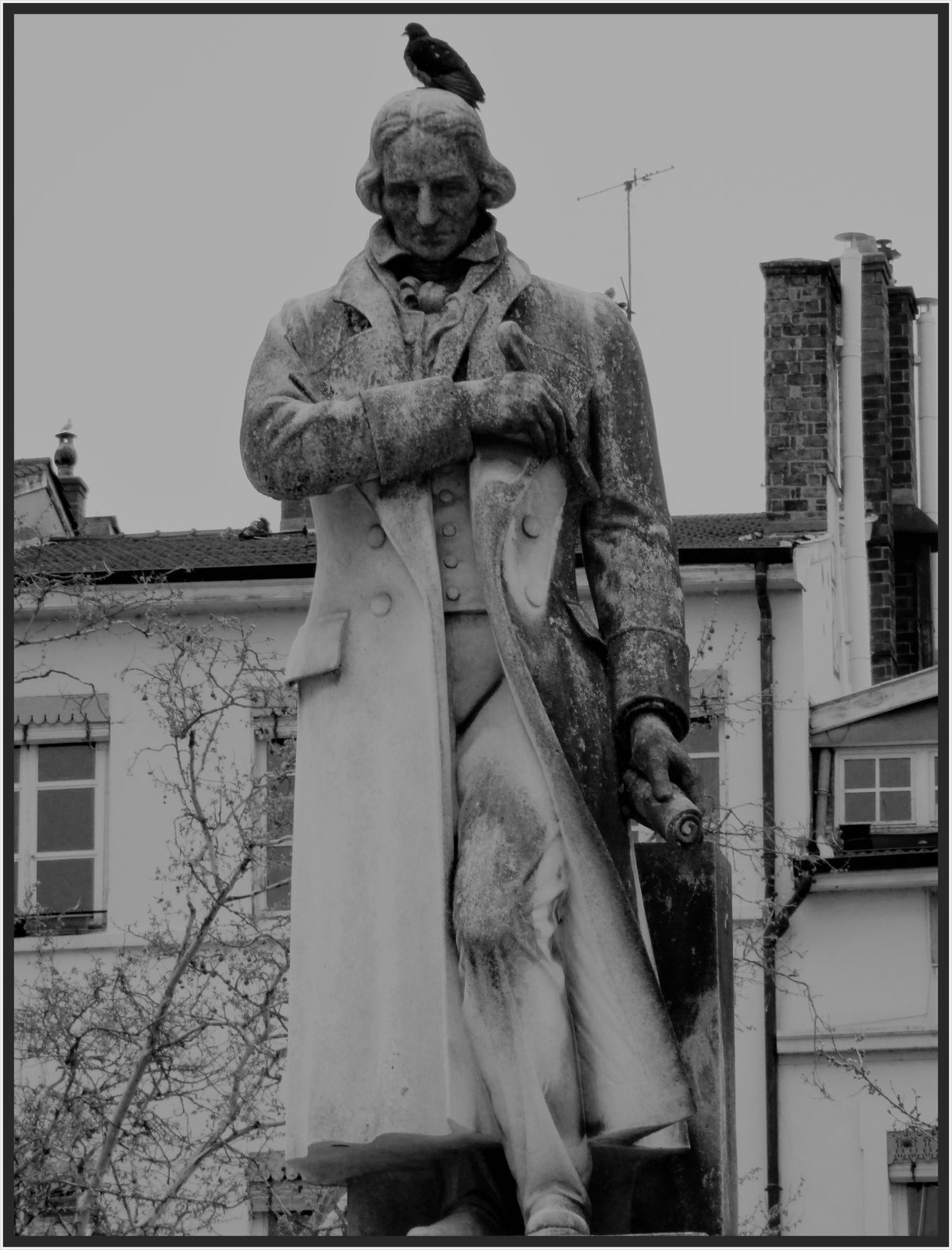
Statue of Joseph Marie Jacquard in Lyon: Visiting Hours, Tickets, and Historical Significance
Date: 14/06/2025
Introduction
Nestled in Lyon’s historic Croix-Rousse district, the Statue of Joseph Marie Jacquard stands as a testament to the city’s rich industrial past and its pivotal role in the evolution of textile manufacturing and early automation. Jacquard’s invention—the programmable loom—revolutionized both the silk industry and, by extension, the history of computing. This comprehensive guide provides essential information for visitors, including practical details, historical context, and tips for exploring Lyon’s vibrant silk heritage.
The Historical Significance of Joseph Marie Jacquard
Joseph Marie Jacquard (1752–1834), born into a family of silk weavers, fundamentally transformed textile production with the invention of the Jacquard loom. Introduced in 1801, this loom utilized punched cards to automate the creation of complex patterns, allowing a single operator to efficiently produce intricate designs. The technology not only propelled Lyon to the forefront of global silk production but also laid the groundwork for programmable machines and modern computing (ThoughtCo; Encyclopedia.Design).
The statue, first erected in 1840 and today standing in Place de la Croix-Rousse, commemorates Jacquard’s enduring impact and the city’s tradition of innovation. It is a symbol of resilience, reflecting both the achievements and challenges experienced by Lyon’s silk workers—known as the Canuts—through centuries of social and industrial change (patrimoine-lyon.org).
Visiting the Statue: Essential Information
Location and Accessibility
- Address: Place de la Croix-Rousse, Lyon, France
- Public Transport: Metro Line C (Croix-Rousse station) and local buses provide easy access.
- Accessibility: The area is hilly but equipped with ramps and smooth pavements. Some assistance may be needed for visitors with reduced mobility.
Visiting Hours and Tickets
- Hours: Open-air monument accessible 24/7, year-round.
- Admission: Free of charge; no tickets or reservations required.
Best Time to Visit
- Recommended: Spring and autumn for pleasant weather and vibrant local markets. Early mornings and late afternoons offer optimal light for photography.
Suggested Visit Duration
- Time Needed: 30–60 minutes for the statue and nearby attractions.
Highlights and Nearby Attractions
Maison des Canuts
An interactive museum dedicated to the history and craft of Lyon’s silk workers, featuring demonstrations of Jacquard looms and guided tours (en.visiterlyon.com).
Mur des Canuts
Europe’s largest mural, this impressive trompe-l’oeil artwork captures the life of Croix-Rousse residents and the evolution of the silk industry (patrimoine-lyon.org).
Traboules
Hidden passageways once used by silk workers to transport goods; now a unique feature for visitors exploring the district’s urban fabric (gimmeconfetti.com).
Local Markets & Artisan Shops
Experience daily markets, sample Lyonnaise specialties, and shop for authentic silk products and crafts.
Other Museums
- Musée des Tissus et des Arts Décoratifs: A short distance away, this museum displays textiles from around the world.
- Soierie Saint-Georges: See master weavers at work on Jacquard looms (france.fr).
Historical Context and Jacquard’s Legacy
The Invention and Impact of the Jacquard Loom
Jacquard’s loom automated pattern weaving, allowing for greater efficiency and democratizing luxury textiles. Its punched card mechanism directly inspired later developments in data storage and early computers, notably the Analytical Engine of Charles Babbage (Encyclopedia.Design).
Social Change and the Canuts
The loom’s introduction brought both progress and upheaval. While it increased productivity, it also sparked fears of job loss among the Canuts, leading to several significant revolts in the 19th century. These events marked some of Europe’s earliest labor movements and are integral to Lyon’s social history (dabblinginjetlag.com).
Enduring Influence
Jacquard’s legacy is not confined to textiles. The principles of automation and programmability he pioneered resonate in modern technology and computing, making his statue a symbol of global innovation (history-computer.com).
The Statue and Croix-Rousse District
Artistic and Symbolic Features
The current stone monument, installed in 1947 after the original bronze statue was melted down during World War II, depicts Jacquard in a thoughtful pose. Its location in Place de la Croix-Rousse positions it at the heart of a district long synonymous with silk weaving (linternaute.com).
Community Landmark
The square serves as a gathering place for markets, festivals, and public events. The statue’s presence continues to inspire pride in local heritage and innovation (patrimoine-lyon.org).
Practical Visitor Tips
- Photography: Best during golden hours (early morning/late afternoon).
- Clothing: Wear comfortable shoes for navigating hills and cobblestone streets.
- Guided Tours: Enhance your visit with a silk heritage tour, available via local operators and the Maison des Canuts (lyon-france.com).
- Accessibility: While most public spaces are accessible, some older buildings may pose challenges.
- Dining: Enjoy local cuisine at nearby cafés and bistros.
Frequently Asked Questions (FAQs)
Q: Is there an entry fee to visit the Statue of Joseph Marie Jacquard?
A: No, it is a public monument and free to visit at any time.
Q: What are the best times to visit?
A: Daylight hours, especially in spring and autumn, are ideal for exploring the area and taking photographs.
Q: Are guided tours available?
A: Yes, several operators and museums offer guided tours featuring the statue and Lyon’s silk history.
Q: Is the area accessible for people with disabilities?
A: The square is largely accessible, but the surrounding hilly terrain may require extra planning for visitors with reduced mobility.
Q: What else can I see nearby?
A: Maison des Canuts, Mur des Canuts, traboules, artisan shops, and vibrant local markets are all within walking distance.
Living Heritage: The Enduring Influence of Silk in Lyon
Lyon’s silk tradition is a living part of the city’s identity. The Statue of Joseph Marie Jacquard stands not just as a historic monument but as a vibrant symbol of innovation, resilience, and the ongoing creative energy found throughout Croix-Rousse and beyond.
Plan Your Visit Today
Explore Lyon’s legacy of invention and artistry by visiting the Statue of Joseph Marie Jacquard and the culturally rich Croix-Rousse district. For up-to-date travel guides, event listings, and guided audio tours, download the Audiala app and follow our social channels. Dive into Lyon’s history and let Jacquard’s story inspire your journey.
Sources and Further Reading
- This article draws on a variety of resources for historical accuracy and visitor information, including:
- ThoughtCo - Joseph Marie Jacquard Biography
- Encyclopedia.Design - Weaving Wonders: The Jacquard Loom’s Textile Revolution
- patrimoine-lyon.org - Significance of the Statue and the Croix-Rousse District
- DabblingInJetLag - Lyon’s Silk Industry and Canut History
- FranceTravelPlanner - Croix-Rousse District and Lyon Silk Heritage
- Google Arts & Culture - Statue of Jacquard
- Lyon Tourism Official Website
- Audiala App for Guided Tours
For a deeper dive, consult the official Lyon tourism resources, local museums, and specialized silk heritage tours.
